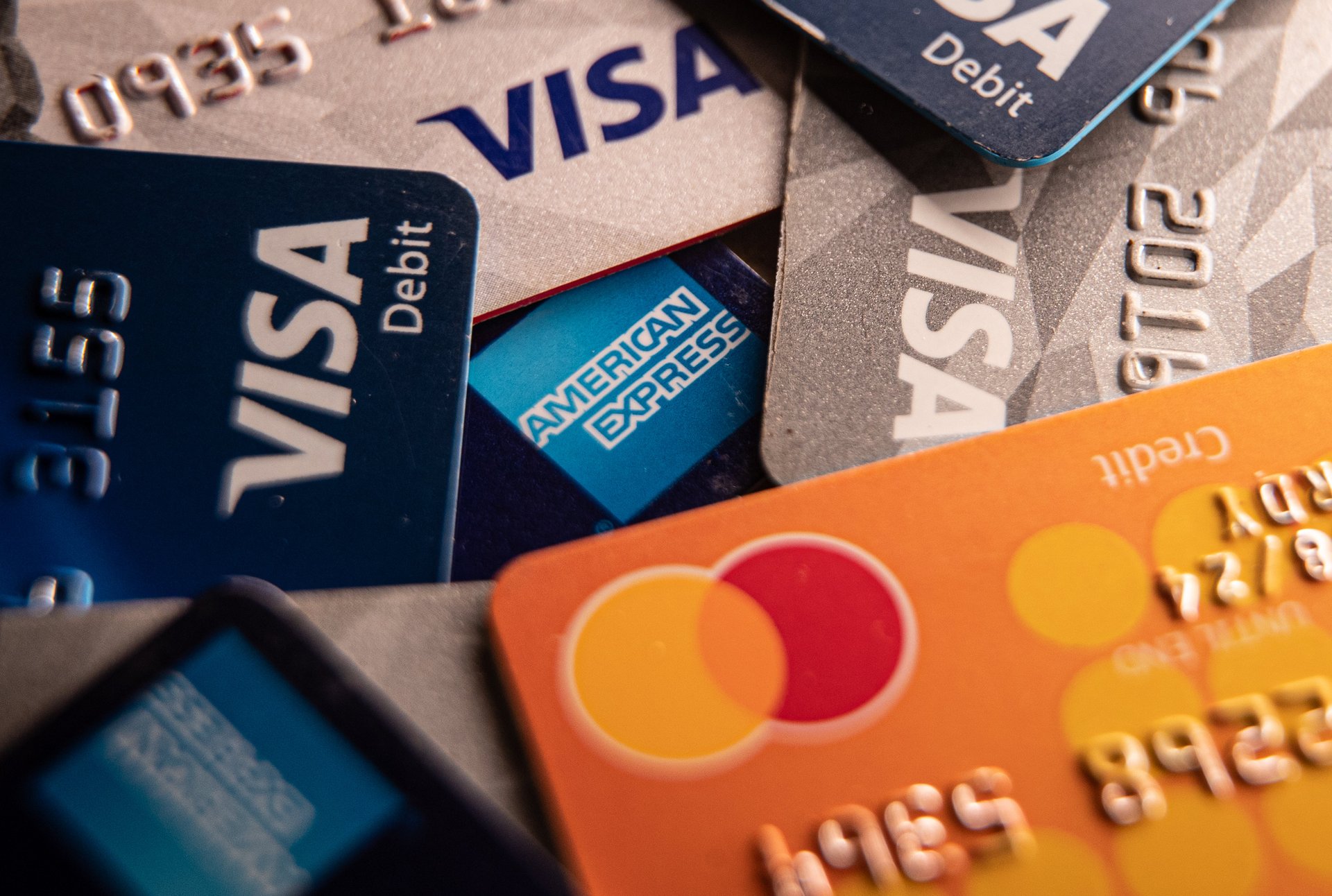Visa is getting into tokenization. Here's what that means
The payments giant has introduced a platform aimed at facilitating the issuance and management of digital assets

Payment processing giant Visa (V) has entered the tokenization realm with its new Visa Tokenized Asset Platform (VTAP), which is aimed at facilitating the issuance and management of digital assets. This platform is designed to support a wide array of tokenized assets, encompassing various digital currencies.
Suggested Reading
Visa reports VTAP is currently undergoing testing, with Banco Bilbao Vizcaya Argentaria (BBVA) (BBVA) as one of the first banks among the participants evaluating its core functionalities.
Related Content
“We’re excited to leverage our experience with tokenization to help banks integrate blockchain technologies into their operations,” said Vanessa Colella, Visa’s global head of innovation and digital partnerships.
What is the tokenization of funds?
In simple terms, the tokenization of funds is the process of converting real-world assets (RWAs) or funds into digital tokens using blockchain technology. RWAs encompass tangible assets such as real estate, intellectual properties, art, currencies, commodities, equities, bonds, money markets, and more. These assets frequently encounter challenges related to liquidity, transparency, and accessibility within the traditional financial world.
Blockchain technology allows RWAs to be tokenized into digital tokens that allow fractional ownership, making physical assets more accessible to a wider audience. Tokenizing RWAs increases liquidity, transparency, and accessibility and is often viewed as a way to democratize the traditional financial markets. A report by McKinsey & Company said that the potential value of tokenized assets could reach almost $2 trillion by 2030.
What’s in Visa’s platform?
VTAP marks a significant advancement for Visa as it incorporates blockchain technology and digital assets into its operations. By equipping businesses and financial institutions with tools for tokenizing assets, Visa aims to streamline payment processes, enhance security, and boost transaction efficiency.
A key goal in the blockchain space is interoperability, which refers to the ability of different blockchain networks to communicate and exchange data. According to Visa, the future goal is to enable interoperability for banks using the VTAP platform. With VTAP’s single application programming interface (API), banks can facilitate multiple use cases and connect with partners and clients.